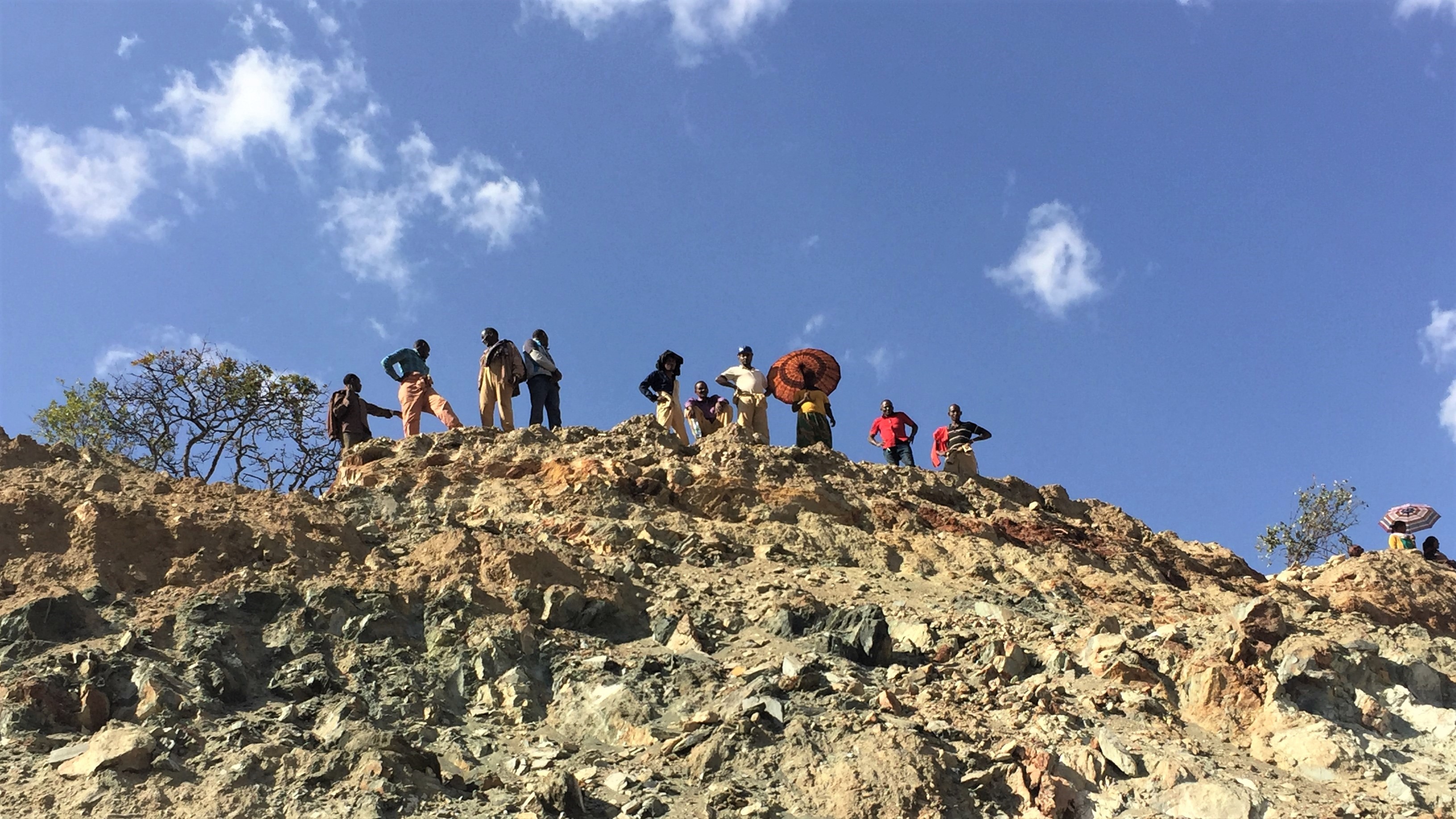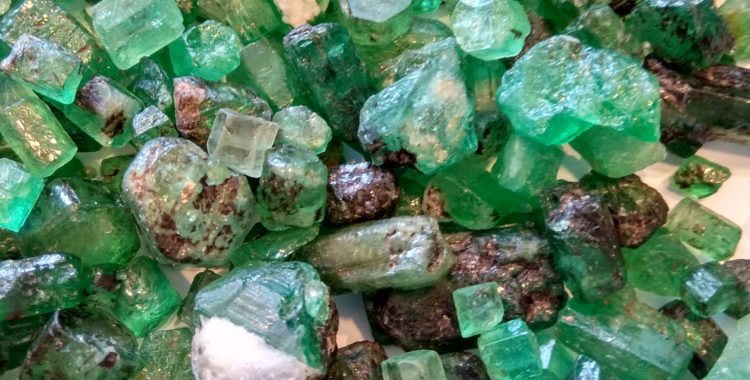In 2017, Shakiso became the most fashionable destination in the world for emeralds. International buyers flocked to the small town in southern Ethiopia, 15 hours’ drive from the capital Addis Ababa, as word spread of a large deposit of high-quality emeralds discovered nearby. Prices soared as these stones found their way to the renowned Tucson gem show. In the same year, Levin Sources team members visited Shakiso, on behalf of Gübelin Gem Lab, to scope the potential for the implementation of the company’s Emerald Paternity Test technology at ASM sites in the region.
Two years on, in the midst of a global pandemic, what has happened to Shakiso and the local community that relies on emerald mining and trading?
Zinaye Tesfaye, local tour guide, tour operator, translator and Levin Sources associate, has been interviewing people in Shakiso to understand what’s going on. We spoke to Zinaye from his base in Addis Ababa to find out more.
How has Ethiopia been affected by COVID-19?
In the beginning we only had a handful of confirmed cases but since May the number has been accelerating at an alarming rate. As of early September, cases have exceeded 57,000 and almost 900 deaths from the virus have been recorded.
Our weak healthcare system is struggling to cope, particularly in more rural areas where most artisanal mining communities live.

How at risk are mining communities around Shakiso from the virus?
We don’t know if there are any cases of COVID-19 among miners, traders and their families here. Whilst none have been reported, testing has been very limited. They’re especially vulnerable because of the number of people they encounter through their work, not to mention that social distancing is difficult at the mine site and face masks are rarely worn. There is also very little understanding of COVID-19 and how to protect oneself from catching the virus. The risk of spreading the virus once it enters these communities is high.
How have the country’s emerald exports been hit by the pandemic and what impact has that had on Shakiso?
The crash in global demand for gemstones, as well as the strict international travel restrictions, have seen the country’s mineral exports plummet, including emeralds. The Chinese are key investors in Ethiopia’s mining sector, so the cancellation of flight routes between the two countries has particularly affected the national mineral economy.
We’ve never dealt with such an economic shock before. The once bustling weekly markets of Shakiso are deathly quiet. Few people are buying our emeralds and miners are forced to sell at heavily discounted prices.
Are people still mining emeralds?
Yes they are, but at much lower levels than usual. Even though the government banned mass production and try to crack down on production at mine sites, people are desperate to continue mining because it’s their only source of income and has been a way of life for generations. Many miners are cut off from their sites because of local travel restrictions and reduced public transport. We’ve even seen large numbers of young students trying to find work at the mine sites since the schools were closed.
What are the social and economic impacts on the people of Shakiso?
Extreme poverty is widespread and unemployment is rising. Miners and their families are suffering from significant financial stress as the demand for their emeralds shows no sign of picking up. Every week, miners are losing their livelihoods and businesses in Shakiso are going bankrupt.
Families are struggling to secure food and basic necessities and pay their rent. Children are particularly vulnerable, as are their mothers, being their primary caretakers.
Before COVID-19 struck, there were already widespread food shortages as the region was hit by a large-scale desert locust infestation. The community was also dealing with an outbreak of cholera. These challenges have made the impacts of the virus even more devastating.
What is being done to support the people of Shakiso?
Multiple local organisations are working to tackle the number one issue, which is the scarcity of food and basic necessities. The government has launched a support fund, but the challenge is great.
The experience of the emerald mining community in Shakiso during the pandemic exemplifies the precarity of the artisanal gemstone mining sector. Connection to international markets created a mini boom when Ethiopian emeralds were globally ‘fashionable’; that same economic dependence on global jewellery demand for emeralds has left the community now battling to stay afloat.
Companies in the jewellery industry have a responsibility to support the most vulnerable in their supply chains. If you can source ASM gemstones this year, be open to doing so. The potential impact of including ASM in responsible supply chains is as great now as it has ever been. Be conscious of conducting thorough due diligence, and be prepared to engage your suppliers more meaningfully, particularly around assessing human rights risks. Whilst COVID-19 has turned all our lives upside down, we can’t ignore the particular devastation it’s inflicted on the most precarious communities in our globalised world.



